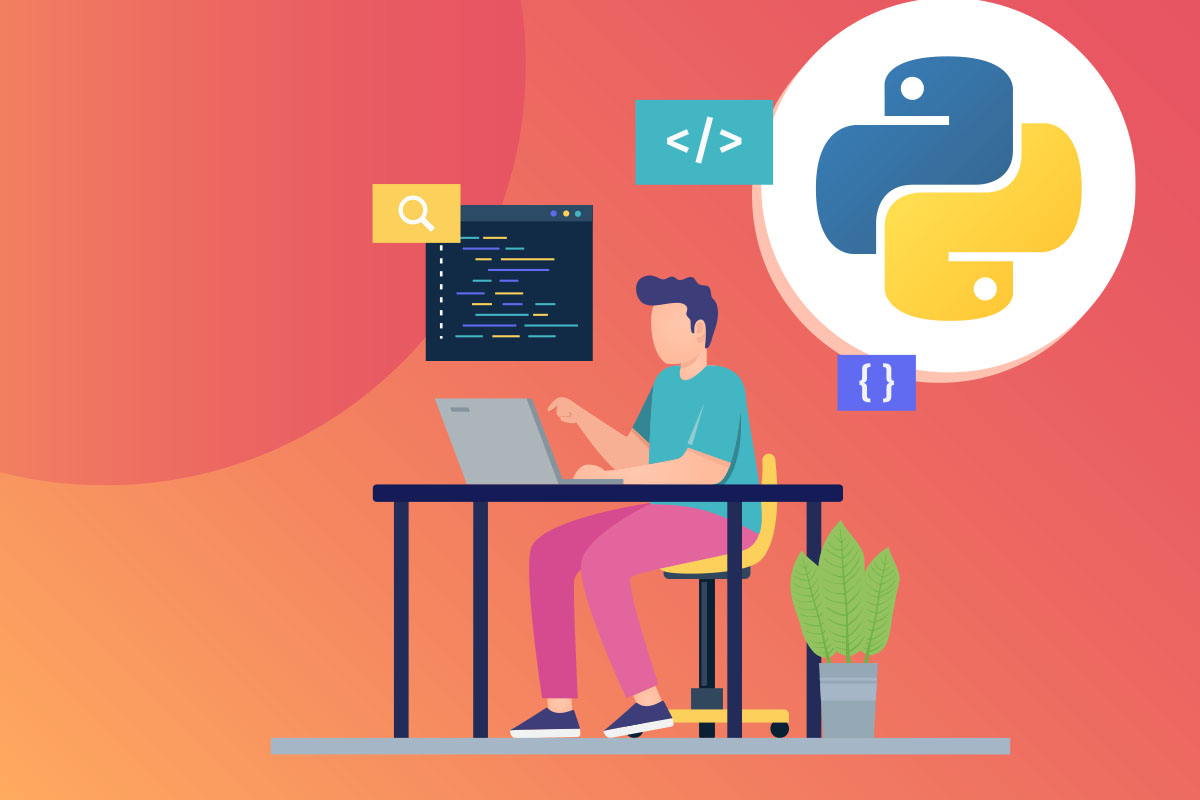
web-lelp.ai-prompting-blog-section-item0-title
web-lelp.ai-prompting-blog-section-item0-description
Elevate your AI interaction capabilities. Learn the art of crafting precise and effective prompts to achieve desired results from AI systems. Dive deep into the principles of prompt engineering, communicate your intentions clearly to AI, and explore advanced techniques to optimize AI responses.
Learn Prompt Engineering to kick start your career!



